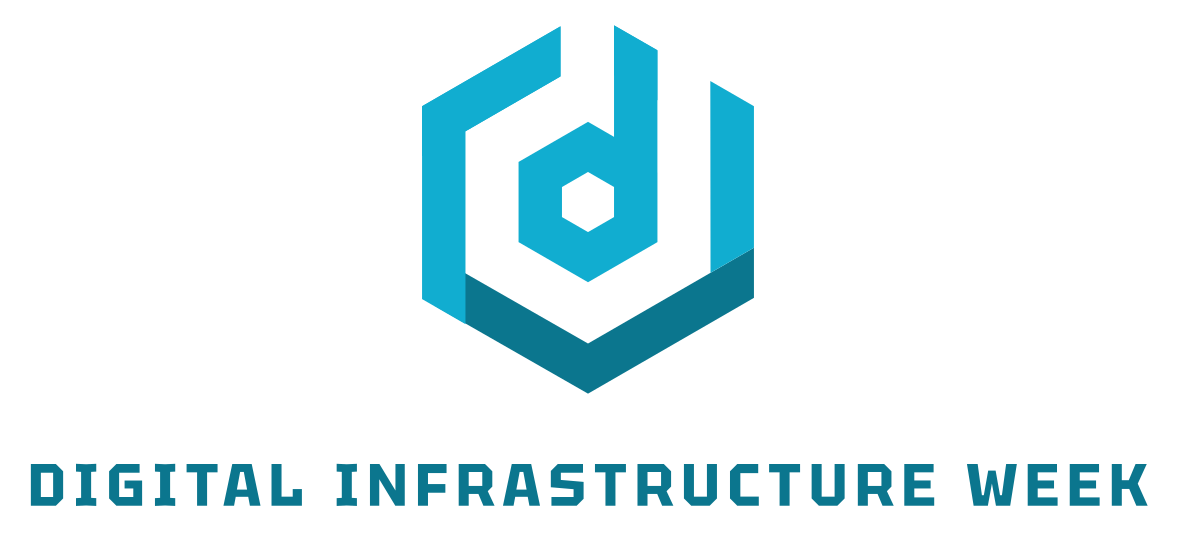Building Smarter, Safer Roads: How Digital Infrastructure Can Transform Transportation in the United States
Authored by Mark de la Vergne, Vice President, Project Development & External Affairs, Cavnue
The 19th Century introduced the initial version of roads in this country, let’s call them Roads 1.0. This infrastructure served a clear purpose: vehicles—whether they were wagons, horse and buggies, automobiles, or bicycles—were now able to traverse from A to B without any major obstacle being in the way. But these initial roads were not much more than graded dirt paths, which created all sorts of issues for vehicles, from bumpy travel in dry weather to impassable mud pits when it was wet. For the growing number of people traveling in and between cities in automobiles and bicycles in the early part of the 20th Century, this situation was no longer acceptable.
The introduction of paved roads, or Roads 2.0, created a more reliable surface for vehicles and transformed how people were able to get around. As a society, we developed standards on aspects of road design like lane width, design speeds, and horizontal curves. These standards created an understanding that (1) those that built the roads would deliver projects that didn’t cause any issues for the physics of vehicles and (2) those that built the vehicles wouldn’t manufacture a product that would need a different type of road. And for over a century, the Roads 2.0 model has been sufficient for the transportation needs of our society.
But now we’ve reached a new inflection point, where most people travel with a device that is constantly communicating and all vehicles are being designed with more technology on board. Everything about the transportation system is getting smarter—except the roads themselves.
We know the challenges that currently exist in our transportation system with respect to safety, equity, climate and congestion. And we know the limitations of physical road design in addressing these challenges. Digital infrastructure, whether it’s technology, data, or communications, has the potential to address all of the challenges and transform how we get around in this country.
At Cavnue, our mission is to unlock roads for the future of connected and automated vehicles. The digital infrastructure portion of our solution consists of (1) observing the road through a dense deployment of sensors, (2) inferring what is happening on the road with our near-real-time digital mirror of the road’s world state, and (3) advising road users of what is happening ahead of them. This robust digital infrastructure system creates a number of clear benefits to society:
Improving Safety
More information on what is happening on the road creates new opportunities to improve safety, such as reducing incident times to crashes, providing more accurate information to first responders, and informing drivers and vehicles on upcoming incidents so they can react with more time.
Reducing Emissions
Digital infrastructure can unlock new applications enabled by vehicle connectivity, including speed advisory services, platooning, and reducing hard braking events—all of which can reduce the emissions of passenger cars and trucks.
Improving Efficiency
Vehicles communicating with one another and the introduction of Cooperative Adaptive Cruise Control have the potential to reduce congestion and travel times on highways and arterials. However, a number of technical and policy obstacles remain in the way of this concept coming to reality. Digital infrastructure can accelerate these benefits by seeing everything that is happening on the road and providing that information back to vehicles.
With a once in a lifetime investment in American infrastructure, the time is now to fundamentally reimagine the operating environment of our roads. Investing in digital infrastructure is critical for creating a safer, more efficient, and more connected transportation system that serves everyone. Let’s build the future of roads, Road 3.0, today.
